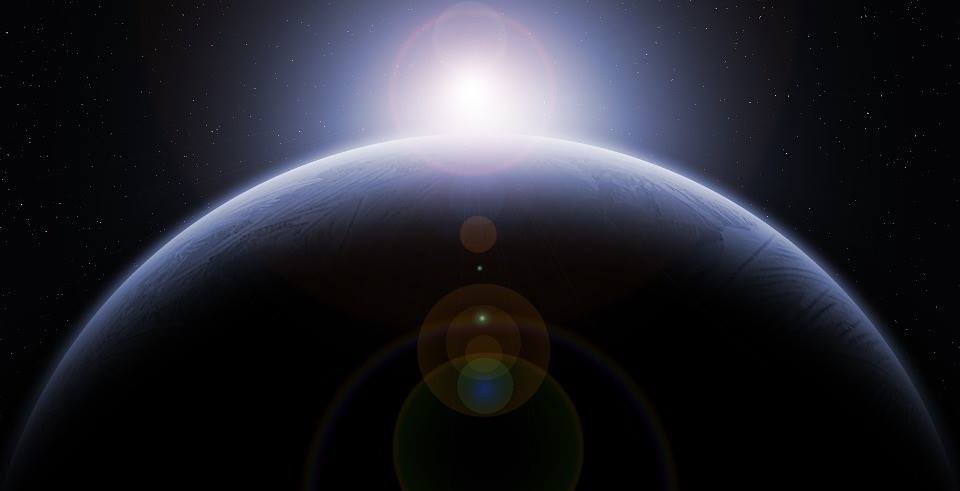
Scientists have discovered that our universe displays an incredible degree of fine-tuning. This fine-tuning, found in the laws of physics, makes it possible for life to exist. And it is so improbable that it strongly implies God designed the universe. Unsurprisingly, atheists reject this conclusion and their best alternative explanation is to claim that a multitude of other universes (i.e. a multiverse) exist. And if this multiverse exists, then the probability that the fine-tuning of our universe exists by chance alone becomes far more probable.
However, the problem with this alternative is that it explains too much. It not only makes it possible to explain away the fine-tuning (i.e. design) of the laws of physics but also of all the design within the universe; including the design clearly produced by human beings. The reasoning behind this goes as follows. Given a multitude of universes, it’s possible that in some of these universes computers, cars, sculptures, books, and essays all come to exist purely by chance. And if this could happen in other universes, it could just as much happen in our own. So how could we ever know whether anything was produced by chance or by design?
Dr. Hugh Ross earned his Ph.D. in astronomy from the University of Toronto. He has spent a lifetime studying the intersection of science, philosophy, and religion. In the following passage, he expresses his thoughts on this issue.
But there is a fatal problem with appealing to the multiverse to explain away the need for a divine Designer; the same appeal can be invoked to explain away the need for human designers. The multiverse, in the form that nontheists propose, not only explains away God’s design, it also explains away all human designs.
For example, in an infinite number of universes where all conceivable variations on the features of the universes are manifested, there could be an infinite number of planets just like Earth. And on those infinite number of Earth-like planets there could be an infinite number of trees that shed pieces of white bark indistinguishable from 8.5 x 11-inch sheets of paper. These pieces of white bark could fall upon soil containing chemicals that could imprint random ink-like markings on the pieces of bark. Inevitably there will be sets of bark pieces that possess imprinted markings identical to all the research papers published by all the nontheistic research scientists in the world.
If we are to recognize that some things, such as research papers, are created and designed by humans, then there cannot be a vast number of universes out there. But if there is no great multiverse, then the best explanation for the fine-tuning of the laws of physics is that God is responsible for it.
Reference
Hugh Ross, “Does the Multiverse Explain Too Much?,” Reasons to Believe (blog), May 8, 2017, https://reasons.org/explore/blogs/todays-new-reason-to-believe/read/todays-new-reason-to-believe/2017/05/09/does-the-multiverse-explain-too-much.